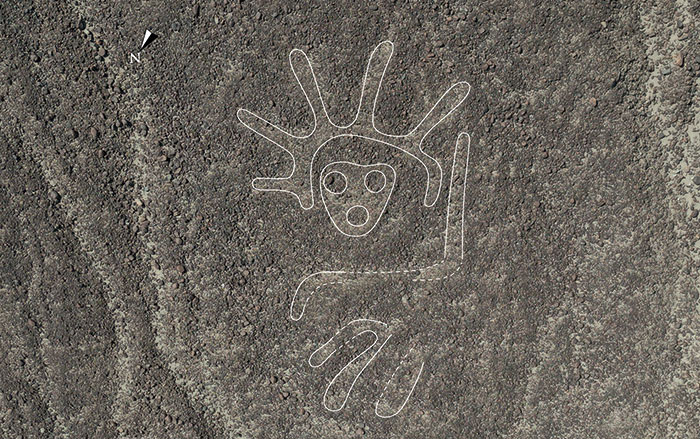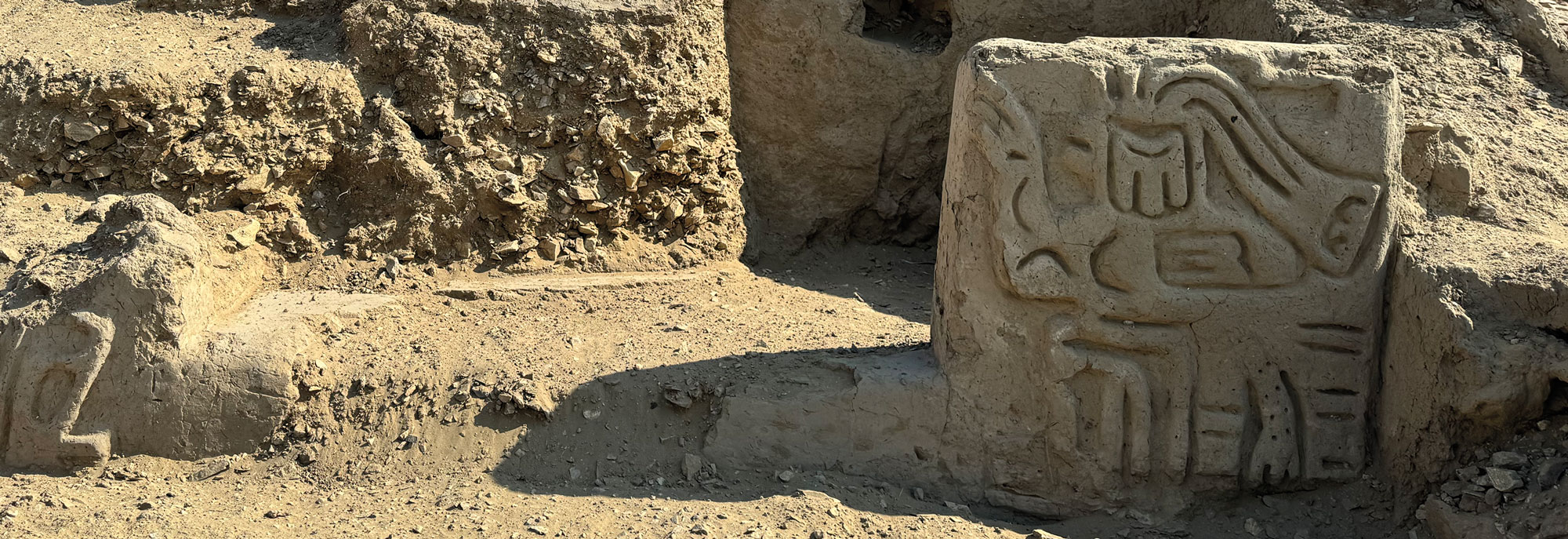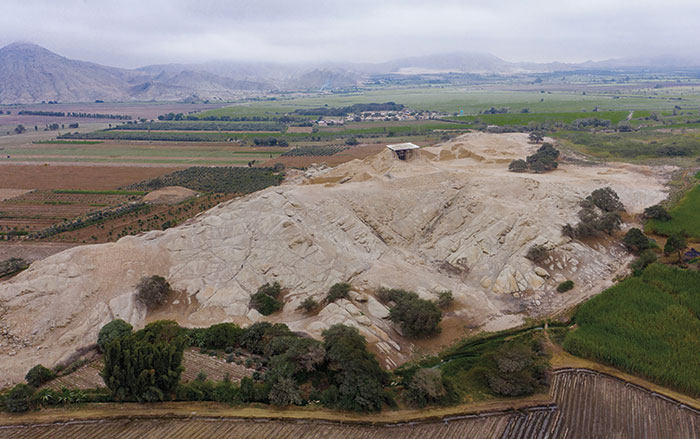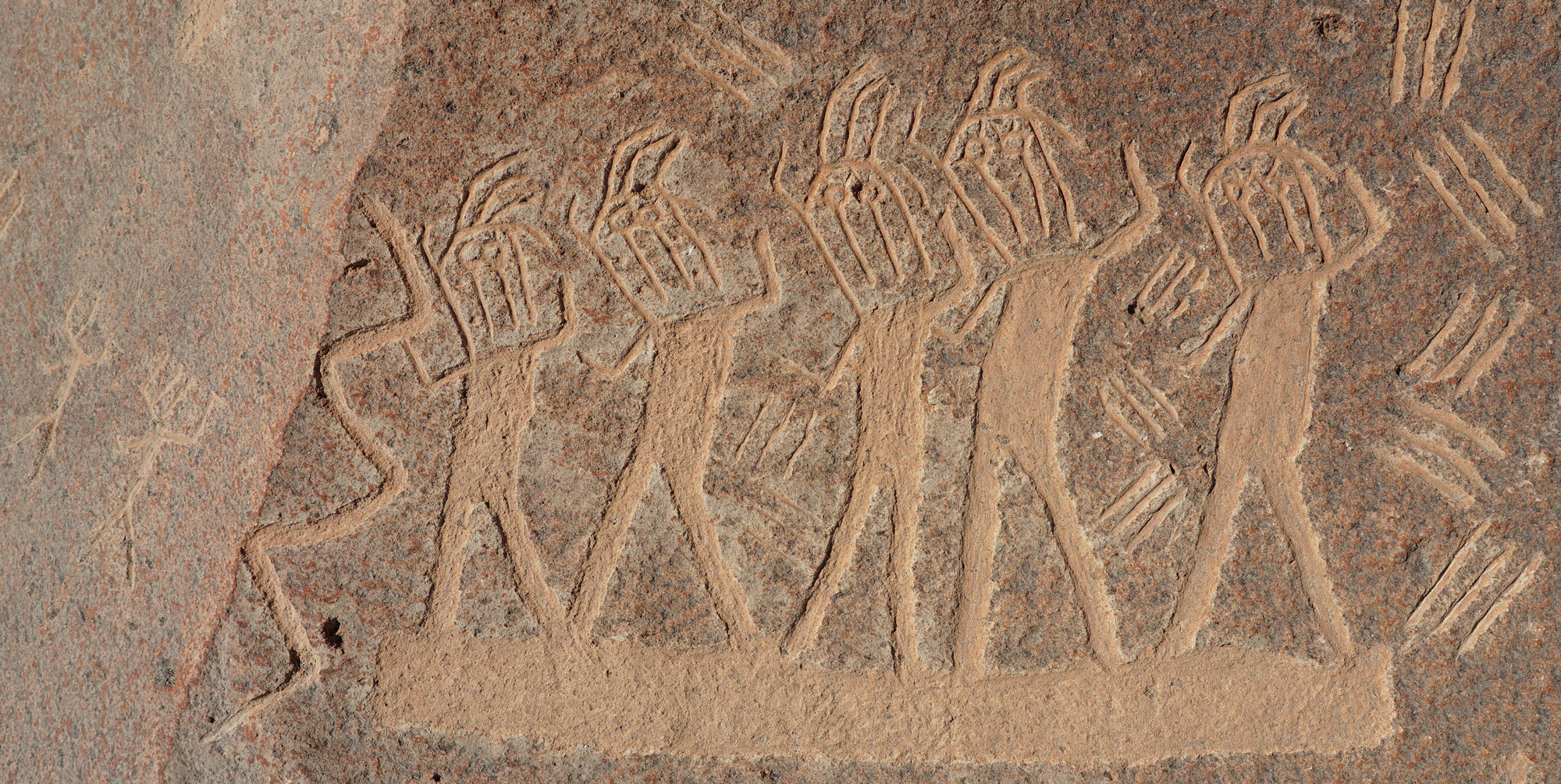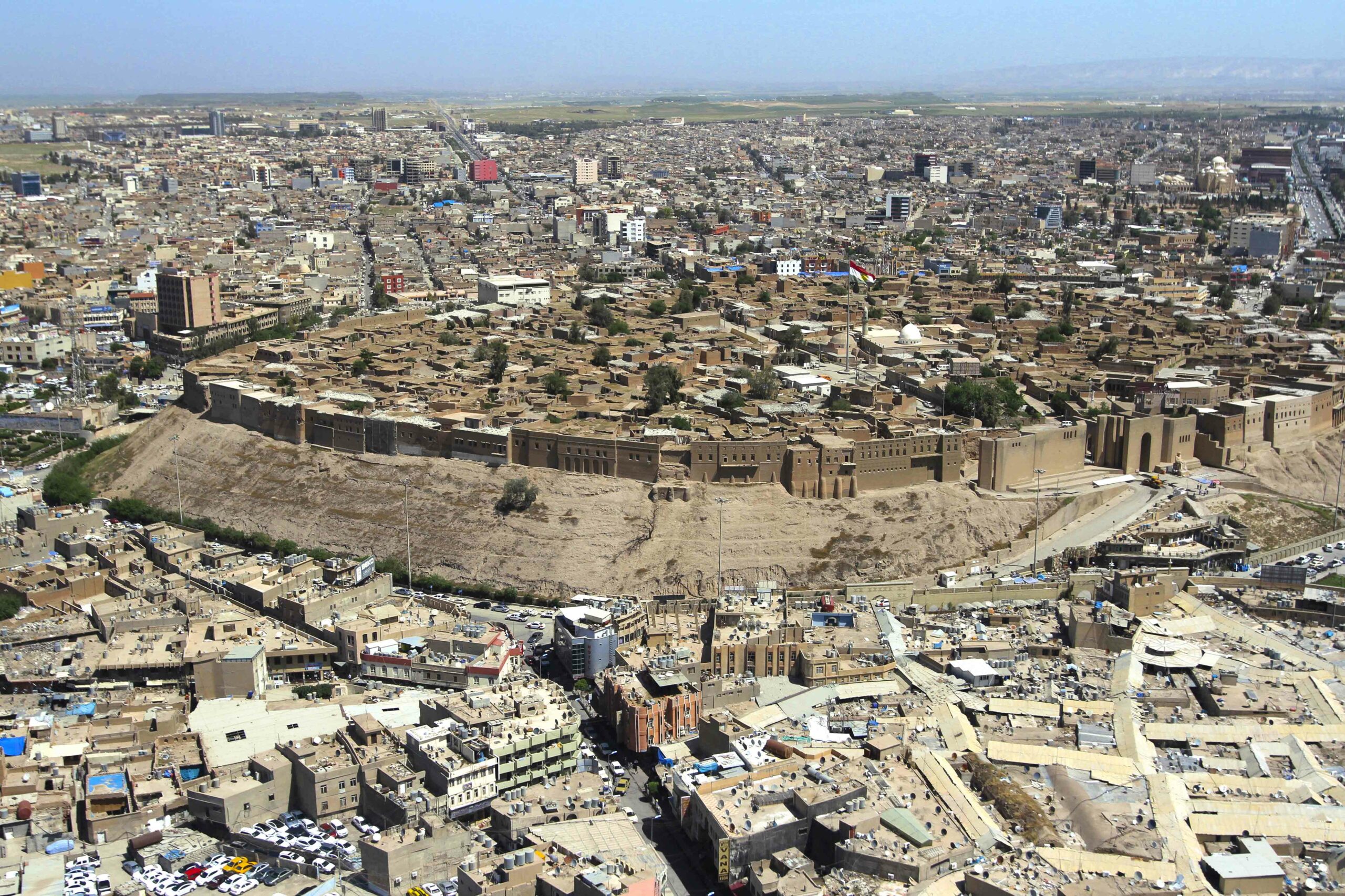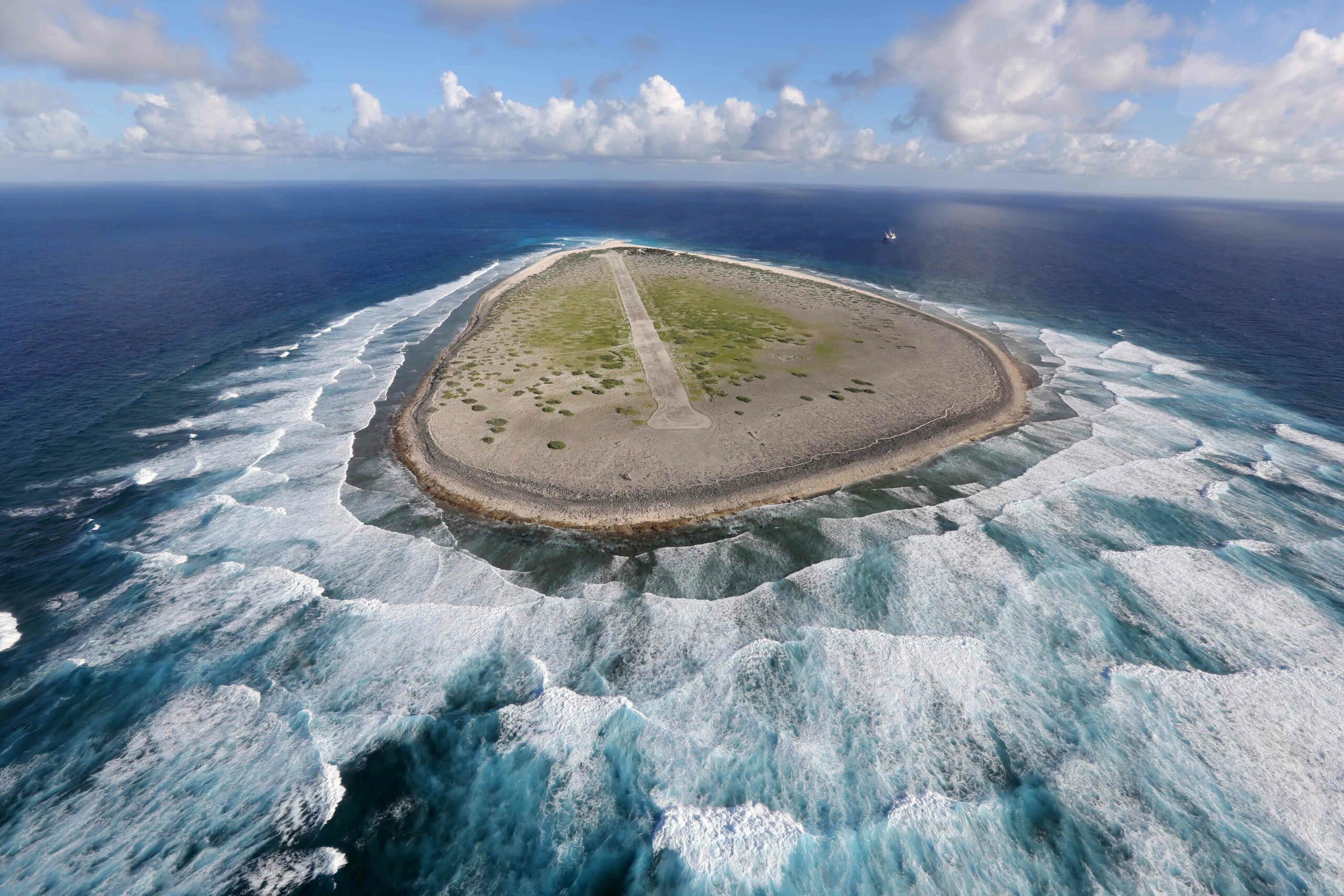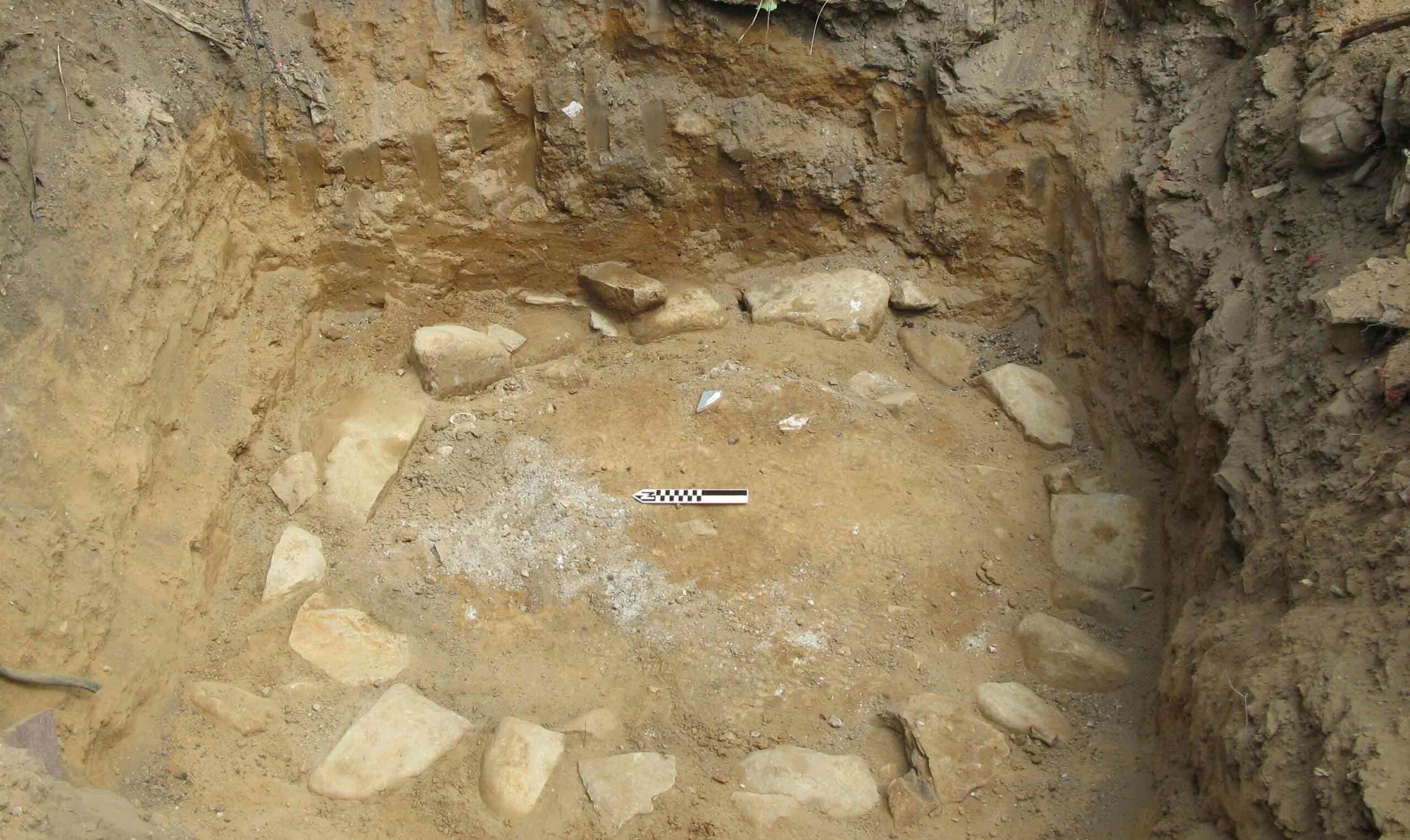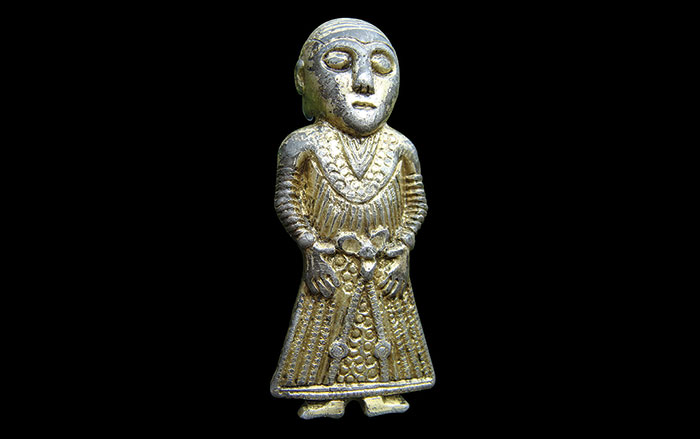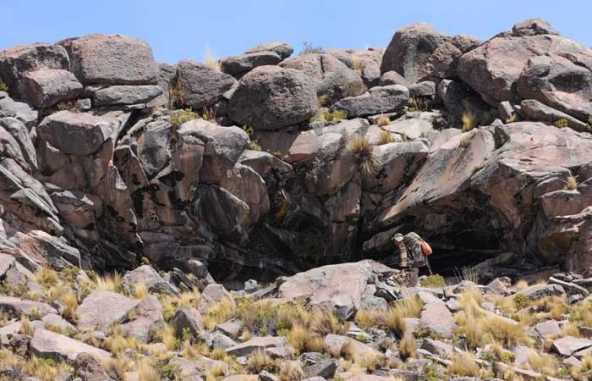
ORONO, MAINE—New research is focusing on hunter gatherers who colonized South America at the close of the last Ice Age. Kurt Rademaker of the University of Maine has found a rock shelter high in the Andes that was inhabited 12,400 years ago. “The [Pucuncho Basin] has fresh water, camelids, stone for toolmaking, combustible fuel for fires and rock shelters for living in,” he told Nature News. “Basically, everything you need to live is here. This is one of the richest basins I’ve seen, and it probably was then too.” And scientists are carefully examining the stone tools from South America’s Paleo-Indian sites because many of them are made from stone not available in the area where they were found. “What we’re seeing is that 12,000 years ago or more, these groups already had networks, knew the landscape and moved between the coast and the interior,” said César Méndez of the University of Chile. To read more about the earliest sites in the New World, see ARCHAEOLOGY's "America, In the Beginning."


